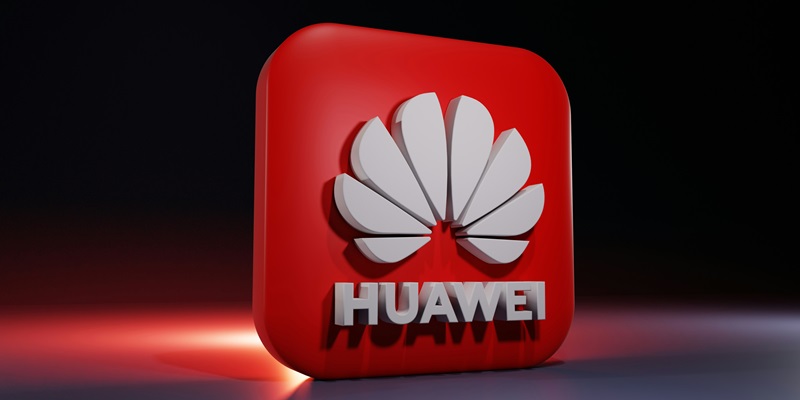In a pioneering technological feat, Huawei and Entel Peru have successfully implemented the first global commercial use of dual-band Active Antenna Units (AAU). This marks a significant milestone in the enhancement and expansion of 5G network technologies, especially seeing its application outside of China for the first time.
Global Deployment of Dual-Band AAU
Huawei, in a strategic partnership with Entel Peru, has accomplished a groundbreaking commercial deployment of dual-band AAU utilizing the 2.3GHz and 3.5GHz frequency bands. This innovative technology, being implemented for the first time outside China, signifies a pivotal advancement in 5G network capabilities. The collaboration showcases Huawei’s ongoing commitment to exporting its technological excellence globally, effectively setting a new standard for the telecommunications sector.
Technological and Performance Enhancements
The introduction of dual-band AAU technology presents remarkable enhancements in both technological and performance metrics. Capable of covering 30% more area compared to single-band networks, this dual-band AAU also boasts a significant 30% reduction in energy consumption and a 50% reduction in antenna space usage. These improvements not only promise a sustainable green 5G network but also bring about cost efficiency for network operators. Such advancements ensure that operators can maximize their resources while minimizing their environmental footprint.
Operational Benefits for Network Operators
Network operators, including Entel Peru, stand to gain substantial operational benefits from the deployment of dual-band AAU technology. One of the key advantages is the marked reduction in base station energy consumption and antenna space requirements. Coupled with enhanced network performance and coverage, these benefits translate to a superior user experience. For operators, this means more reliable service, better coverage, and lower operational costs, all of which are crucial for maintaining competitive advantage in the telecommunications market.
Technical Features of Dual-Band AAU
The dual-band AAU technology by Huawei tackles four major technical challenges, ensuring superior performance and efficiency. These include dual-band high-density ELAA large array layout, dual-band power transmission time interval scheduling, dual-band independent remote electrical adjustment, and Extreme Sleep. The simplified 1 + 1 = 1 structure of the AAU technology streamlines the deployment process, making it easier and more efficient for operators to implement and maintain the system. Such technical innovations are vital for supporting the complex demands of modern 5G networks.
Strategic Implications and Future Prospects
The deployment of dual-band AAU in Peru is a part of Huawei’s broader strategy to enhance network services on a global scale. This initiative is complemented by the introduction of the Pano-radio series of solutions, which aim to provide comprehensive network solutions worldwide. The successful trial in Peru sets a promising precedent for the expansion of this technology to other regions, potentially revolutionizing global 5G network services. The implications of this deployment suggest a future where network performance and efficiency are significantly boosted, reducing both costs and environmental impact.
Overarching Trends and Consensus
There is a unanimous consensus within the industry that the integration of dual-band AAU technology is a substantial leap forward in 5G network development. This trend toward greater energy efficiency and improved network performance is accompanied by a focus on reducing operational costs for network operators. Sustainability is a driving factor, aiming to enhance the total cost of ownership while maintaining high-performance standards. The dual-band AAU technology embodies these principles, providing a blueprint for the future of 5G networks.
Streamlining and Synthesizing Information
At the heart of this breakthrough is the outstanding efficiency and performance benefits offered by dual-band AAU technology. This development serves as a testament to Huawei’s relentless pursuit of innovation beyond its native borders. It underscores the potential transformational impact that such technology could have on the telecommunications industry, setting new benchmarks and standards for future networks.
Main Findings
The deployment of dual-band AAU technology not only significantly enhances network coverage but also reduces energy consumption and space requirements. The successful implementation in Peru marks the first use of this technology outside China, establishing a strong precedent for broader global adoption. Entel Peru’s achievements have set a remarkable example, indicating robust potential for this technology’s expansion into other regions.
Conclusion
In an innovative leap forward in technology, Huawei and Entel Peru have successfully launched the very first global commercial use of dual-band Active Antenna Units (AAUs). This groundbreaking achievement signifies a crucial development in the improvement and expansion of 5G network technologies. Notably, this is the first instance where such technology has been applied outside of China. The integration of dual-band AAUs is expected to significantly enhance network performance, offering improved coverage and increased capacity. This deployment marks a monumental step not only for Huawei and Entel Peru but also for the global telecommunications industry. It showcases the potential for rapid technological advancements and sets a precedent for future implementations of similar technologies in other countries. The successful use of dual-band AAUs is poised to revolutionize 5G networks, making them more efficient and widely accessible. As a result, the collaboration between Huawei and Entel Peru is paving the way for further innovations and setting a new standard in the field of telecommunications.

